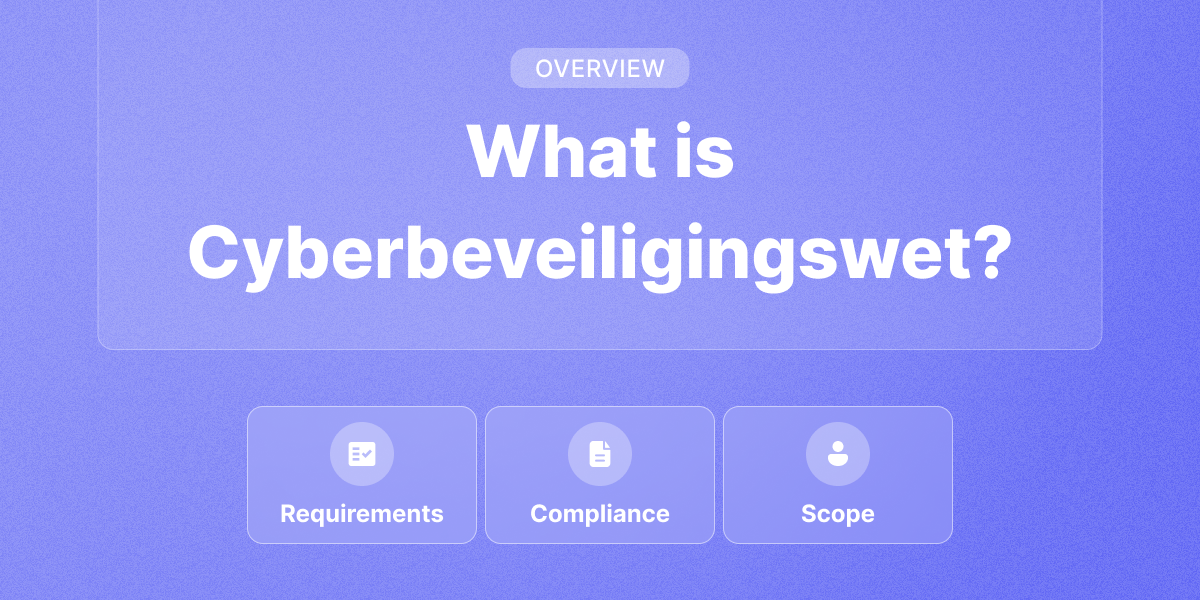ISO 27001
ISO 27001 is the global standard for establishing, implementing, and maintaining an Information Security Management System (ISMS). This framework helps organizations manage risks to their data security, ensuring confidentiality, integrity, and availability.

.svg)

















.svg)
















